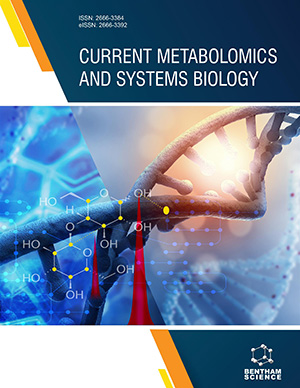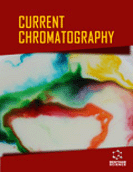Abstract
This chapter summarizes the work done by our research group in recent five years on the nonlinear analysis and prediction of time series from the system of fluidized bed evaporator with an external natural circulating flow. Besides traditional investigations on steady-state characters of flow and heat transfer, the nonlinear evolution behavior of the system was emphasized and explored in this chapter. Measured time series of wall temperature and heat transfer coefficient were taken as the time series for the nonlinear analysis, modeling and forecasting. The main analysis tools are based on the chaos theory. Meaningful results were obtained. Under certain conditions, the signals obtained from the system of vapor-liquid-solid flow boiling are chaotic, which is demonstrated by obvious wideband characteristic in power spectra, decreasing gradually of autocorrelation coefficients, non-integer fractal dimension and non-negative and limited Kolmogorov entropy etc. At least two independent variables are needed to describe the vapor-liquid-solid flow system according to the estimation of the correlation dimension in meso-scale. The shapes of correlation integral curves and their slopes change with the variations of boiling flow states. The identifications of various flow regimes and their transitions can be characterized by the shape variations. Multi-value phenomena of chaotic invariants were found including correlation dimension and Kolmogorov entropy at the same operation conditions, showing the appearance of multi-scale behavior in the vapor-liquid-solid flow. Time series of heat transfer coefficients in fluidized bed evaporators were modeled and predicted by the nonlinear tools and the comparisons between predicted and measured time series were carried out by estimating the statistics characteristics, power spectrum, phase map and chaotic invariants and good agreements were observed. This indicates that a simple nonlinear datum driving model can describe the average or steady heat transfer character with a reasonable accuracy and the transient heat transfer behavior with a general fluctuation tendency for the vapor-liquid-solid flow. These findings are useful for finding new design, operation and control strategies for such complex systems.






















